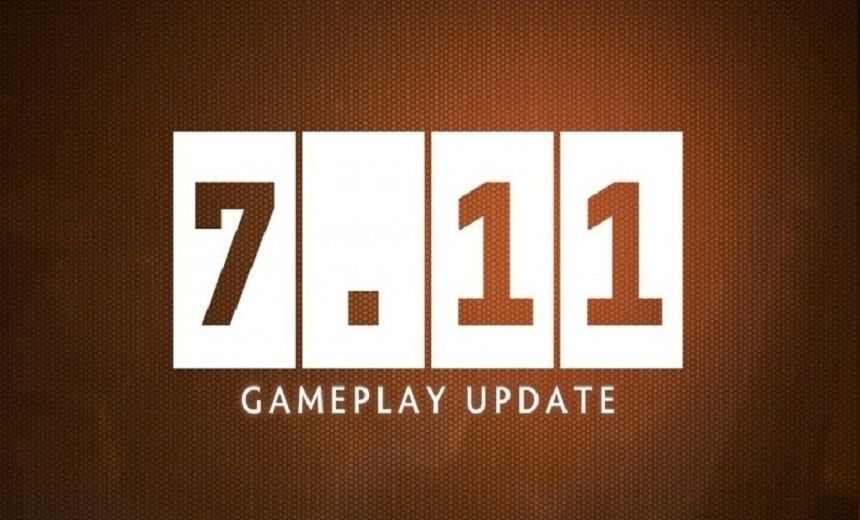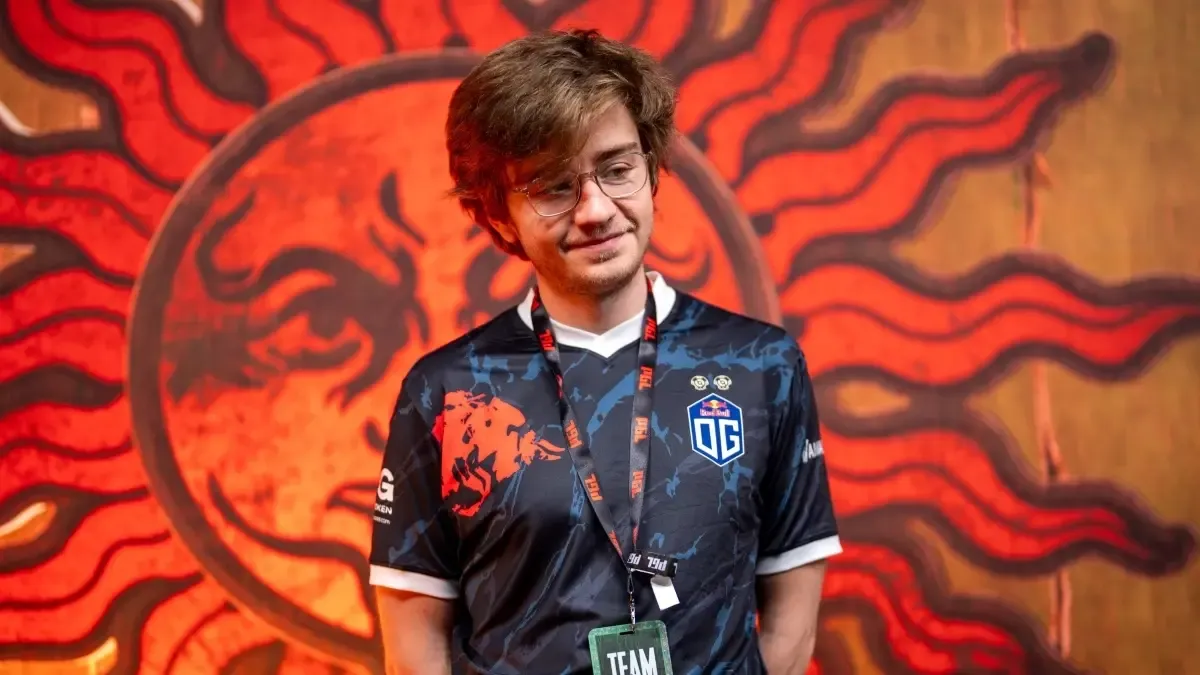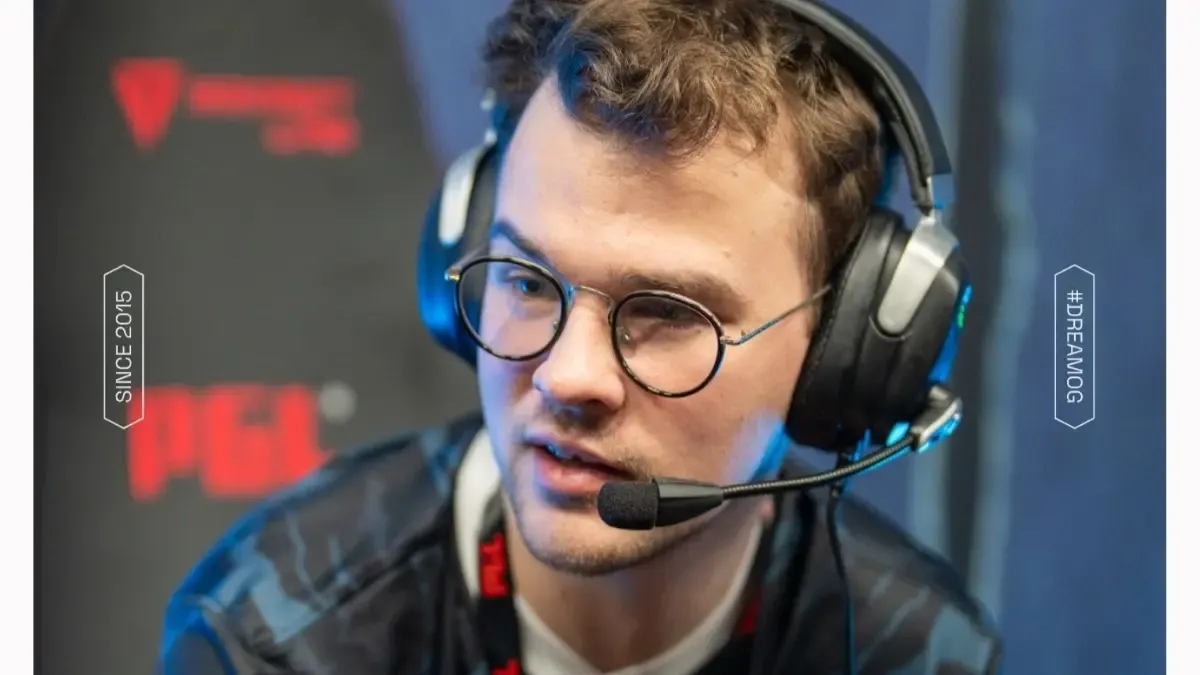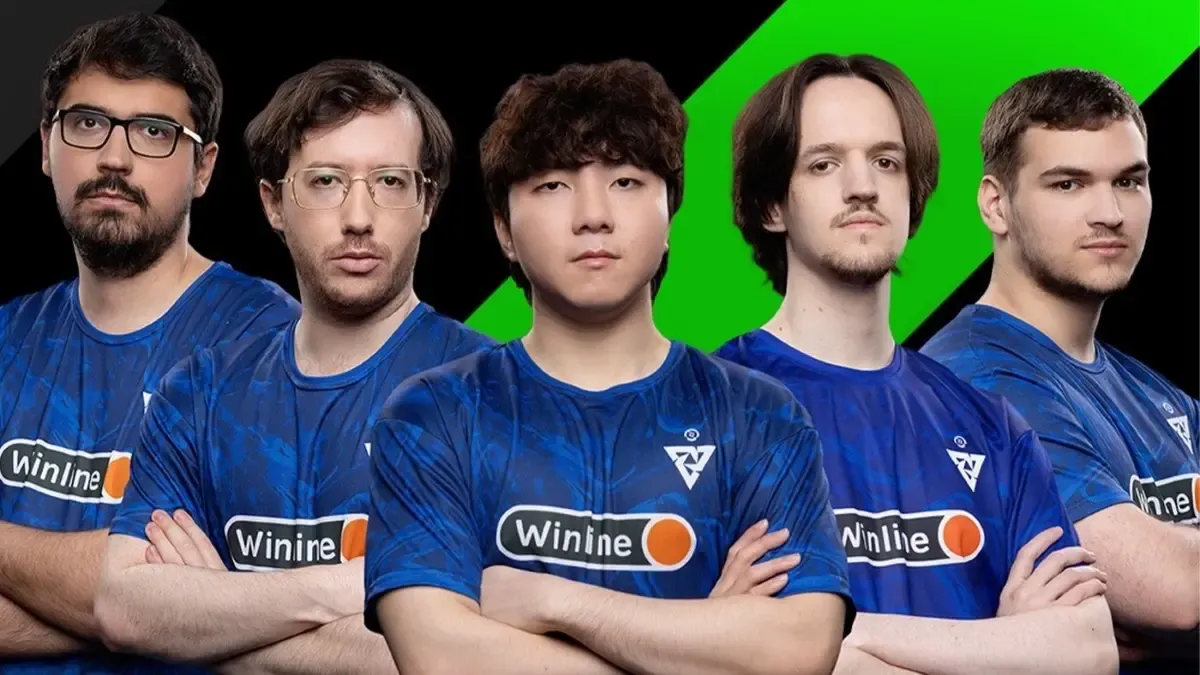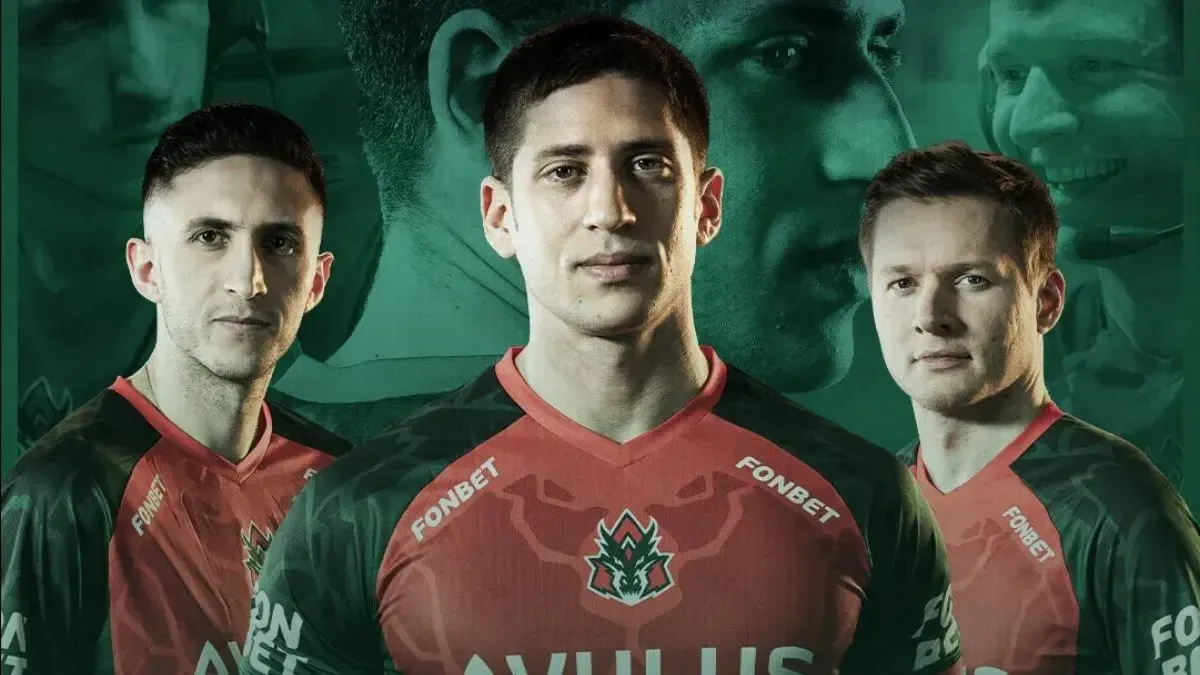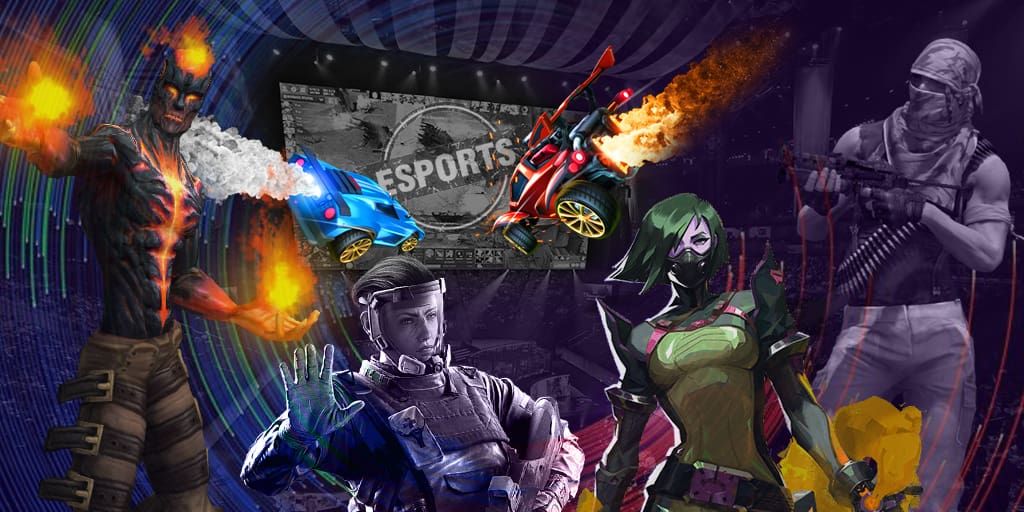
The bi-weekly patch release this Thursday brought some unexpected and rather confusing changes to the gold mechanics in the game. Let's break it down.
As is customary, Valve released their scheduled patch this week, version 7.11, that seemed rather small and disappointing compared to the rather massive and detailed patch prior to this. It is understandable of course since Valve has made a considerable change to the game with Dota Plus, and not every patch will attempt to balance out heroes, change talents or work around item costs in gold. This week, we got several significant changes to the gold mechanics in game that have, in fact, been longed for by many professional players in the scene for quite some time. Here's what it all means:
Buyback mechanics
- Buyback cost changed from 100 + ( Level * Level * 1.5) + (Time * 0.25) to 100 + Networth / 13
- Buyback no longer reduces gold earned after respawning
This means the cost of buyback no longer scales with the level of the hero or the time in the game, but rather only the networth of the hero itself.
This is good news for supports, since they are the ones that suffered the most in terms of buyback costs, especially in the mid-to-late game. It is similar to the death cost mechanic that was changed to work around the networth of the hero back in patch 7.00. Also, buyback no longer reduces gold earned after respawning. This is the first time this mechanic has been changed to its previous iteration since patch 6.79, 5 years ago. However, this does not mean core players should spend their buybacks more casually since it does cost even more in the late game when they start maxing out in terms of inventory slots and all the other penalties still apply.
The graph above shows the comparison between buyback costs for all 5 positions in the game, before and after the patch. In short, it shows that the core heroes, primarily positions 1 and 2, are hit the hardest and will now have to spend considerably more. On the other hand, position 4 and 5 heroes benefit from it. It is important to note that the networth of all heroes shown in this graph scale linearly in terms of their GPM and XPM, which does not hold true for supports since most of their gold goes into consumables like wards, sentries, dusts, smokes etc. Which means supports will benefit a lot more from this change than is apparent.
Comeback mechanics
- AoE gold for the losing team no longer scales with the overall team networth difference, just the individual networth of the dying hero. Previously, a core on your team doing really well meant that a support on your team dying gave an increasing amount of gold to the enemy.
- The comeback component is now just: ( DyingHeroNetWorth * 0.026 + 70 ) / # of killers
- This takes the place of the components below that considers Networth:
For example in the 1 killer case, it replaces (NetWorthEarlyFactor * 90 + NetWorthFactor * 0.03375).
Like the previous formula, it is only given to the losing team.
- The gold multiplier based on the dying hero's net worth rank changed from 1.2/1.1/1.0/0.9/0.8 to 1.2/1.05/0.9/0.75/0.6
This one is pretty self-explanatory. It had been pointed out that supports dying solo to the enemy team when the team was ahead, often tanking smoke ganks, gave away a lot more gold than they should, even when that particular hero had a low networth. This allowed the enemy team to recover from an early game networth disadvantage quite easily. Now, the gold that the enemy team gets is solely dependant on the networth of the support hero that dies, not that of the entire team. This change could mean that we will have even faster games, at least in the professional scene, as if they weren't fast enough. Comebacks will be less of an occurrence, as long as core heroes do not feed away. However, only time will tell whether that will really happen.
The previous AOE gold formula was also listed in the patch notes for reference. While this was in effect before the patch hit, it has only been provided for ease of comparison to show how the comeback mechanic has changed from what it was before. For the likes of hardcore Dota players, analysts, and Purge, this information can be mulled over for a couple of hours. For the rest of us, it is safe to skip over.

